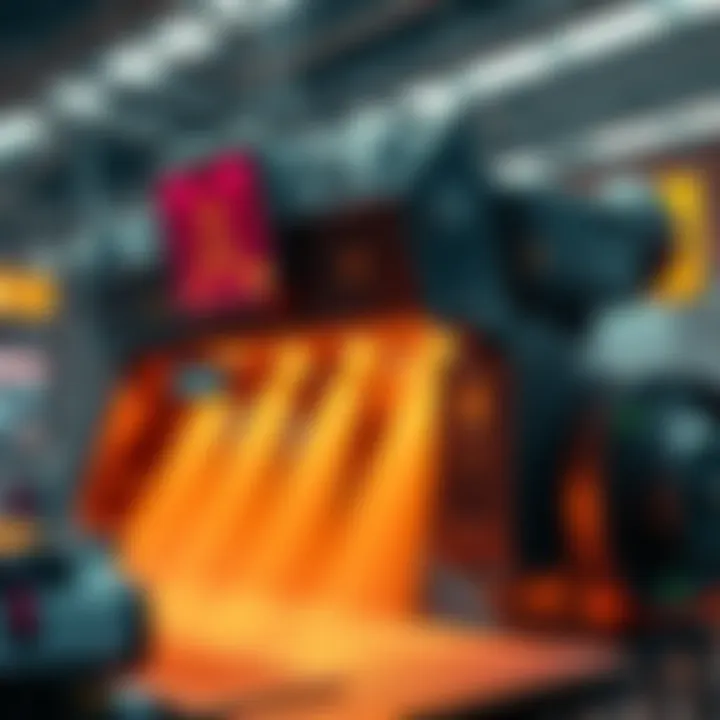Hedera Hashgraph HBAR | James Dunthrone’s Vision Sparks Debate on AI and IoT
Edited By
Clara Smith

A recent talk by Neuron's CEO James Dunthrone has sparked conversations about the intersection of AI and IoT, positioning Hedera Hashgraph's HBAR as a key player. Dunthrone argues for a decentralized approach to IoT, contrasting current big tech models.
Redefining Decentralization in Technology
Dunthrone's insights emphasize the urgent need to shift from centralized platforms to a decentralized model. As one of the forum participants noted, "He illustrated how IoT solutions have become centralized on big tech clouds, which deviates from their original intent."
The Tesla vs. Waymo Comparison
Many were intrigued by Dunthrone’s comparison of Tesla and Waymo. A comment highlighted that "Tesla embodies decentralization, whereas Waymo showcases the risks of centralization. This contrast illustrates the potential for decentralized tech to redefine transportation."
Core Themes from the Discussion
Decentralization vs. Centralization: The need for more decentralized IoT solutions was a burning topic. Participants agree that big tech currently holds too much power over IoT.
AI Integration: Dunthrone’s vision of AI integrated into everyday life was seen as revolutionary.
Future of Hedera Hashgraph: Insights into how HBAR could catalyze these changes dominated many discussions.
"His vision for the future where AI and machines meet was fascinating," one user commented.
Another stated, "That James guy is very smart."
Key Insights in the Forum
🌟 Decentralization is key: A significant number of comments lean toward advocating for a shift away from centralized tech.
🔍 AI’s Growing Role: People are excited about the implications of AI becoming more integrated with daily tasks.
🔗 Future potential of HBAR: Discussions suggest that Hedera Hashgraph may help drive the transition to a more decentralized IoT.
Wrapping Up
As the debate on the future of technology continues to evolve, Dunthrone’s perspective on the decentralization of IoT and integration of AI seems poised to shake up the industry. Will companies heed this call for change? The discussions in forums imply a growing support for a future that truly embraces decentralization.
What Lies Ahead for Decentralization and AI
There’s a strong chance that the conversation around decentralized IoT will lead to significant shifts in tech by the end of 2025. As decision-makers recognize the limitations posed by centralized systems, we can expect institutions to start prioritizing decentralized frameworks. This could result in a wave of new startups focusing on innovative decentralized IoT solutions, with experts estimating that up to 40% of businesses may pivot towards such models within the next two years. Moreover, as AI becomes more integrated into our everyday lives, the demand for more transparent data management will likely rise, potentially driving legislation that emphasizes decentralization.
A Tale from the Technology Archives
A fresh parallel can be drawn from the transition in the film industry from VHS to DVD in the late 1990s. Just as consumers began to embrace the benefits of more decentralized formats for home viewing—opening avenues for independent filmmakers to thrive outside the studio system—today’s move toward decentralized IoT models might similarly empower tech innovators. This shift reflects how technological advancements often enable new voices and disrupt traditional hierarchies, suggesting that Dunthrone’s vision could herald a transformative era in both AI and IoT, much like the VHS to DVD transition did for film.
